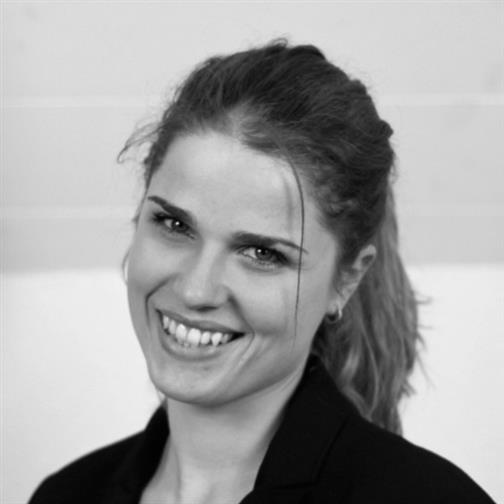Rather than an alternative, design thinking should be regarded as a complementary methodology to lean and agile. All of these methodologies can be applied together throughout the product development life cycle. Organizations should first apply design thinking methodology to identify the right solution for their challenge. Then they should define the solution scope by applying lean methodology. Finally, they should develop and implement the solution with agile methodology.
Identify the Best Solution with Design Thinking
Design thinking methodology has six phases:
1. Definition: Define the challenge of a specific group of people.
2. Research: Interview and observe the target audience in its own context and identify its needs, problems and expectations associated with the defined challenge.
3. Interpretation: Detect patterns among the research data and use them to generate actionable insights.
4. Idea Generation: With inspiration from the insights, generate ideas for creative solutions that may satisfy the needs and expectations and solve the problems of the target audience.
5. Prototyping: Turn selected solution ideas into tangible forms.
6. Evaluation: Test the solution alternatives by using prototypes and refine them based on target users’ feedback.
Define the Scope of the Solution with Lean Methodology
Create a solution at the right time and with sufficient detail. Project durations are relative for different stakeholders at the same organization. Technical teams would consider six months to be a challenging time frame in which to develop a new product. But business units would consider six months to be a long duration due to rapidly changing market conditions and fierce time-to-market pressures. Especially in this kind of time-sensitive situation, product development teams should aim to generate ”fair-value” outcomes in an iterative way. The team should apply a lean mind-set and move to a ”good enough” solution in the shortest time instead of wasting time with complicated nice-to-have ideas. Deploy the first release with a core version of the product and get customer feedback as early as possible. At each subsequent iteration, use previous customer feedback to refine the product by adding, updating, and even dropping features. Iterate until the product satisfies user needs. The core version of a product should have a minimum set of features that can solve the main problem of target users. The terms minimum viable product (MVP) and minimum marketable features (MMF) are used to define this core version. High-priority features on scope documents are the best candidates for MVP. Medium- and low-priority features can be added to later releases based on user feedback on the core version. The priority of features may change based on customer feedback.
Implement the Solution with Agile Methodology
At dynamic business environments in which change is not the exception but the norm, applying agile methodology is more meaningful, because waterfall has low flexibility for changes in requirements.
Manifesto statements:
1. Working software over comprehensive documentation
2. Customer collaboration over contract negotiation
3. Responding to change over following a plan
Organic Unit
In today’s highly competitive business and technology world, what is important is the score, not how you played the game. From start to end, product development teams should focus on the big picture: solving the design challenge, by keeping a holistic view of the project in mind. Teams should ensure an organic unity in answering Why, What and How questions.
Why: The objective behind developing a business or technology solution form the business requirements.
What: What customer needs/goals the solution should meet form the user requirements.
How: Solution requirements consist of two sets of requirements:
Functional Requirements: What functionality the solution should have in order to meet user requirements, and
Nonfunctional requirements: How the solution should work in terms of quality attributes including usability, performance, privacy, and security.

